Things to Do in Milan
Constructed over the course of around seven centuries, this place has been a site of intense artistic debates, important religious declarations and movements, and political assertion. Today it stands proudly as a grand structure with varying artistic influences reflected in its construction and design. Thousands of visitors flock to this site every day to admire its imposing structure.
Its architecture has elements of both the classical Gothic and Renaissance styles. The Veneranda Fabbrica del Duomo is the organization that was instituted by the lord of Milan in 1386 to oversee the construction of this monument. This organization meticulously conserves this cathedral that is the ultimate example of cultural wholesomeness.
You can have a mesmerizing view of the sunrise from the top of the cathedral. You can even roam around its various intricately designed corridors and marvel at the naturally lit hallways and the altar. It is a supremely surreal experience to see the imposing structure that has stood for centuries, and you must visit this cathedral if you’re visiting the beautiful city of Milan.
A UNESCO World Heritage Site, Santa Maria Delle Grazie is a church located in the northern city of Milan. Popularly also known as Holy Mary of Grace, this church also works as a Dominican convent in the city. Built by famous architects Guiniforte Solari and Donato Bramante, Santa Maria Delle Grazie was built between 1463 to 1467 during the reign of Duke of Milan Francesco I Sforza. The architectural style of this church is regarded as Gothic and Renaissance and is one of the most beautiful churches in Italy.
Other than a UNESCO World Heritage Site, this church is a very popular tourist destination. It is also one of the highly visited historic churches in Milan and Italy. During World War II, due to the involvement of Italy in the war, the church was attacked by a couple of aerial attacks. A major portion of the refectory was demolished and a few walls of the outer side of the church were also destroyed.
Many tourists visit Santa Maria Delle Grazie to see the painting of Last Supper. It is located in a small room inside the church and only a limited number of visitors are allowed to enter the room at a time. Due to the immense popularity of the church and its historic value, the tickets for the church are sold-out in advance.
The sophisticated nineteenth-century shopping arcade Galleria Vittorio Emanuele II is situated in the heart of Milan, the global hub of fashion. The building is named after the first King on the Kingdom of Italy, King Vittorio Emanuele II, who is believed to have laid the foundation stone of the building. The massive Galleria makes for a stunning sight, and its enormous dimensions have made it an overnight sensation ever since it was opened to the people of Milan.
Affectionately nicknamed as the “il salotto di Milano” – the drawing room of Milan, it is an enchanting edifice constructed in the 1860s. The elite in Milan has been frequenting this precinct since its inauguration, not just for shopping but for socializing as well.
This prestigious luxury-shopping destination hosts emporiums of premium brands, multinational labels, and chic eateries for the gastronomes. This is surely the place to visit if you want to witness high-street fashion and enjoy a coffee or an aperitif at the gourmet restaurants. The Galleria is housed inside a neoclassical precinct that is four-story-high.
Replete with polished marble floors, a gleaming glass-domed ceiling, and brilliant mosaics, its many facets capture the essence of Milan perfectly. The iron and glass construction here presents an extraordinary ambiance to the onlooker and strolling down the portico is like going back in time. So when in Milan, this place is a must-visit, if not for the luxury-shopping, then to appreciate its belle époque splendor.
There is also an arresting structure of Torre del Filarete, named after the Florentine architect and sculptor Antonio Avelino. The Castle is also a favourite wedding venue and one of the top Milan Tourist Places.
- Castle: Monday-Sunday 7:00am - 7:30pm
There are several beautiful buildings in the square, like the 13th century Broletto Nuovo (Palazzo della Ragione), the Pallanza della Scuole Palatine and the Loggia degli Osii (once used by authorities to address the people), which leaves the visitors stunned. Besides, being an architectural attraction, the square is turned into a bustling Christmas market during the holidays.
It is one of the finest museums that exist in the present era and yet preserves the fragrance of history. Also known as the ‘Brera Art Gallery,’ it presents to you more than 400 works of art varying from the 14th to 20th centuries. It also offers an interesting description of each painting, making it easier for you to understand them.
The gallery also provides audio guides at €5 in several languages like French, English, Italian, German, Spanish and Russian. If that is not enough, you can let your hearts sing to the tunes of a musical evening here that happens every Thursday.
Pinacoteca di Brera also has a photographic library which was founded by Corrado Ricci, Giuseppe Fumagalli and Gaetano Moretti in 1899. Photographs with a variety of techniques like aristotypes, salted pepper, carbon prints, albumen prints, and cyanotypes can be spotted here.
Not only this, but Brera Art Gallery is also a house to Photoradiographic Laboratory which is bent on inspecting and examining the history and technique of works of art. The professional expertise of its staff has led to a significant increase in the knowledge of the nature and conservation of the works of art in the gallery. So explore this lesser-known museum and behold art in its true essence.
However, the park is more than the lush greens as it has a full range of attractions like the Castello Sforzesco, Arco della Pace or Napoleonic arch, and Acquario Civico ( an aquarium) with a statue of the god of the sea, Neptune.
It helped all the cemeteries to come together and form into a single one. Once you enter the Cimitero Monumentale, you will be astounded to see the use of Greek Revival architecture in a brilliant way. With several mausoleums, monuments, and artistic tombs scattered all over the place, you will have a great time checking out each of them throughout the day.
Apart from that, there are several tombs of noted personalities like Adolfo Wildt, Giò Ponti, Lucio Fontana, Agenor Fabbri, Giacomo Manzù, Floriano Bodini, and Giò Pomodoro. The main entrance to it is through the large Famedio which is a huge Hall of Fame-like Neo-Medieval building that is constructed out of marble and precious stones.
This is the area where the tombs of some of Milan's most honoured citizens' rest. Inside this monument, you will come across the "Milanesi", or citizens of Milan Memorial that is dedicated to 800 citizens of Milan who were killed in the Nazi concentration camps in Milan.
San Maurizio al Monastero Maggiore is a treasured gem of Italy and is known for its breathtaking and well-preserved artwork, awe-inspiring frescos, and luxurious gold embellished interior. It is placed in Milan city center and is in close vicinity of some of the ancient historical places in Milan.
San Maurizio al Monastero Maggiore is one of the most lovely churches in Milano and has significant heritage value attached to it. It was built during Renaissance times and its building presents a perfect example of 16th-century paintings, expertise, and architects.
The church is also known as the ‘Sistine Chapel of Milan’ as it possesses stunning frescoes designed by the artists of the Leonardo era. It served as an ex-convent and was the most important Benedictine convent in Milan.
This preserved treasure of Milan attracts history enthusiasts and art lovers from all over the world for its well-conserved beauty and best kept secrets. The church is actually a complex with two different parts separated by a decorated central wall.
The front part is small but serves as the place for worship for the public. Masses and other religious practices are held here regularly. The bigger part was earlier a monastery and was known as the Hall of the Nuns. This monastery of the church has developed into Milan's Civic Archaeological Museum. The museum has in store a huge collection of marvelous artifacts from ancient Etruscan and Mediolanum times. Now the place is also used for hosting ceremonies and concerts as well.
The Basilica di Sant’ Ambrogio is widely held for its amazing medieval style of architecture and it moved ahead to a model for all the Lombard Romanesque Churches. The basilica was constructed on a grand scale over an existing cemetery and the two local martyrs provided the necessary relics.
The original church was excavated beneath the existing building. It still has its foundations intact, a marble floor, four columned Baldacchino, and a semicircular apse. It is believed that the complex was about 300 Roman feet long and 100 feet wide. At that point in time, it was built larger than any other contemporary churches in the city of Rome.
With vast historical and divine significance, it has become one of the most loved tourist places in Milan, Italy. If you are planning a trip to Italy, then make sure you visit this architectural marvel of the bygone times.
Teatro Dal Verme currently has four modern auditoriums, including a large size theatre named the Sala Grande, with almost 1420 seats. Also, a minor performance space identified as the Sala Piccola, with just 200 seats, and a better space for displays and conferences named the Sala Terrazzo are a part of the theatre.
Moreover, the place has other concerts and performances organized, the details of which can be checked on the official website.
The idea behind the design of the Railway station was simple; however, during Mussolini's reign, the building was made to represent the influence of the Fascist regime. The large glass and steel domed station has lovely blue tiles in the interior to denote the 24 tracks that take all the travellers to some of the leading European capitals, as well as other Italian cities.
Today, the Milano Train station has more than 300,000 passengers arriving and departing from the complex every day, which includes tourists exploring the city.
As mentioned, the cemetery is home to a wide range of Italian sculptures, both classical and contemporary along with Greek temples, obelisks (pillars) and the Trajan's Column. Furthermore, the main entrance has a 'Famedio' a hall of fame made out of marble. It is a neoclassical style building that accommodates the tombs of well-known citizens, including- Alessandro Manzoni (novelist).
The tombs here, of famous industrialists and dynasties of the city and country, were designed by famous artists such as Adolfo Wildt, Giò Ponti, Arturo Martini among others. Besides that, The cemetery has a specific Jewish section and an open-air- museum that has a permanent exhibition of maps describing the cemetery's historical expansion, prints, photographs, and two battery-operated electric machines built in the 1920s.
Brera is also great for a night out with energetic bars and restaurants serving excellent Milanese grubs and quaffs or some retail therapy at high-end stores, making it one of the best places to visit in Milan.
With the charming rooms echoing the past from medieval to the 18th-century decorations, and an armoury having the works of the contemporary artist, Arnaldo Pomodoro. The house-museum has over 5000 exceptional pieces of sculptures, jewels, lace and embroidery, armours, furniture, porcelain and glass, sundial and clocks, and some old masterpieces, including antiquities till the 19th-century at the display.
Entry Fee-
- Adults: €10
Timings- 10am – 6pm
Porta Venezia in Milan is a vibrant and culturally rich district that perfectly blends historical significance with modern urban life. The area is centered around the historic Porta Venezia gate, originally known as Porta Orientale. This neoclassical gateway, designed by Giuseppe Piermarini in the 19th century, once marked the entrance to the city. Its grand columns and arches stand as a testament to Milan’s architectural heritage, providing a striking welcome to the area and a popular spot for photography enthusiasts.
Beyond its historical appeal, Porta Venezia is home to several notable cultural landmarks. The Modern Art Gallery (Galleria d'Arte Moderna), housed in the elegant Villa Reale, showcases an impressive collection of 19th and 20th-century artworks, including pieces by renowned Italian artists. Nearby, the Natural History Museum (Museo Civico di Storia Naturale) features fascinating exhibits on paleontology, zoology, and mineralogy, making it a great educational experience for visitors of all ages.
A History buffs dream, Bagatti Valsecchi is another historic house-museum built by the Bagatti Valsecchi brothers from the years 1878 to 1887. It is located in the Montenapoleone district of downtown Milan, northern Italy and is one of the Milan tourist places. The museum is decorated in the ducal palace style with exhibits from the Quattrocento up to the 16th century.
San Nazaro in Brolo is a historic church in Milan, Italy, dating back to the 4th century. Renowned for its Romanesque architecture and significant art collection, the church showcases ancient frescoes and stunning architectural details. A cultural gem, it provides visitors with a glimpse into Milan's rich artistic and religious history.
Nestled in the heart of Milan, Duomo Cathedral Square (Piazza del Duomo) stands as a breathtaking testament to the city's rich history, architectural prowess, and vibrant cultural scene. As one of Milan's most iconic landmarks, the square attracts millions of visitors each year, all eager to immerse themselves in its grandeur and charm.
The centerpiece of Duomo Cathedral Square is undoubtedly the magnificent Duomo di Milano (Milan Cathedral). This awe-inspiring Gothic cathedral, with its intricate spires and elaborate facade, is a marvel of architecture and craftsmanship. The cathedral took nearly six centuries to complete, and its beauty and grandeur reflect the dedication and skill of countless artisans. Visitors to the square are immediately captivated by the sight of the Duomo, which stands as a symbol of Milan's historical and cultural significance.
Stepping into the square, one is greeted by a lively atmosphere filled with the hum of conversation, the aroma of Italian cuisine from nearby cafes, and the sight of locals and tourists alike enjoying the space. The square serves as a central gathering place, where people come to relax, socialize, and take in the stunning views. The numerous benches and open spaces provide perfect spots to sit and appreciate the surrounding architecture.
More Milan Activities
Our Partners
Newly Added Milan Experiences
Milan Things To Do Reviews







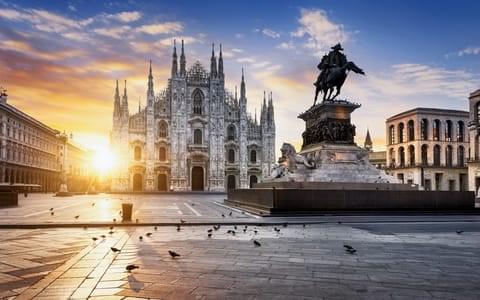
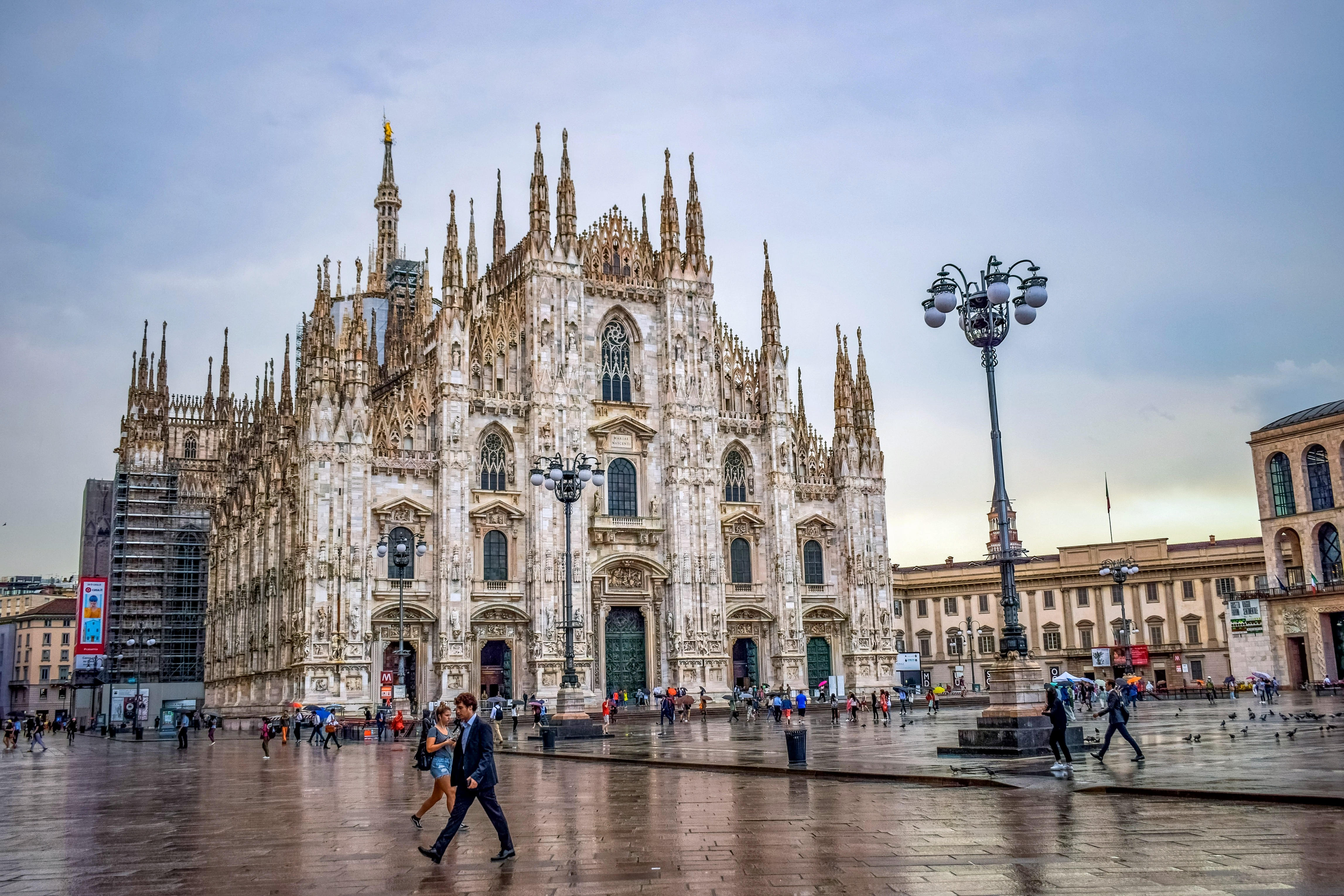
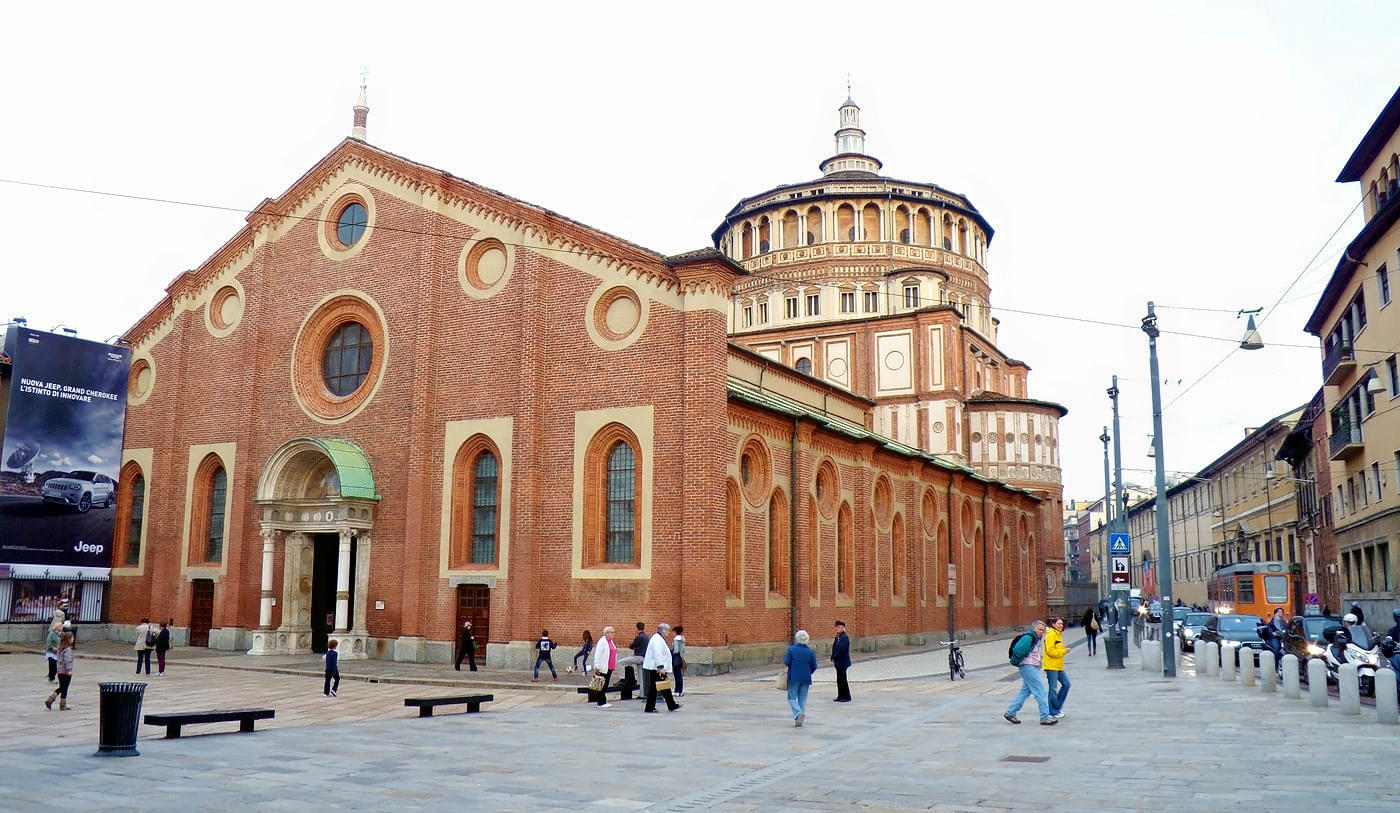
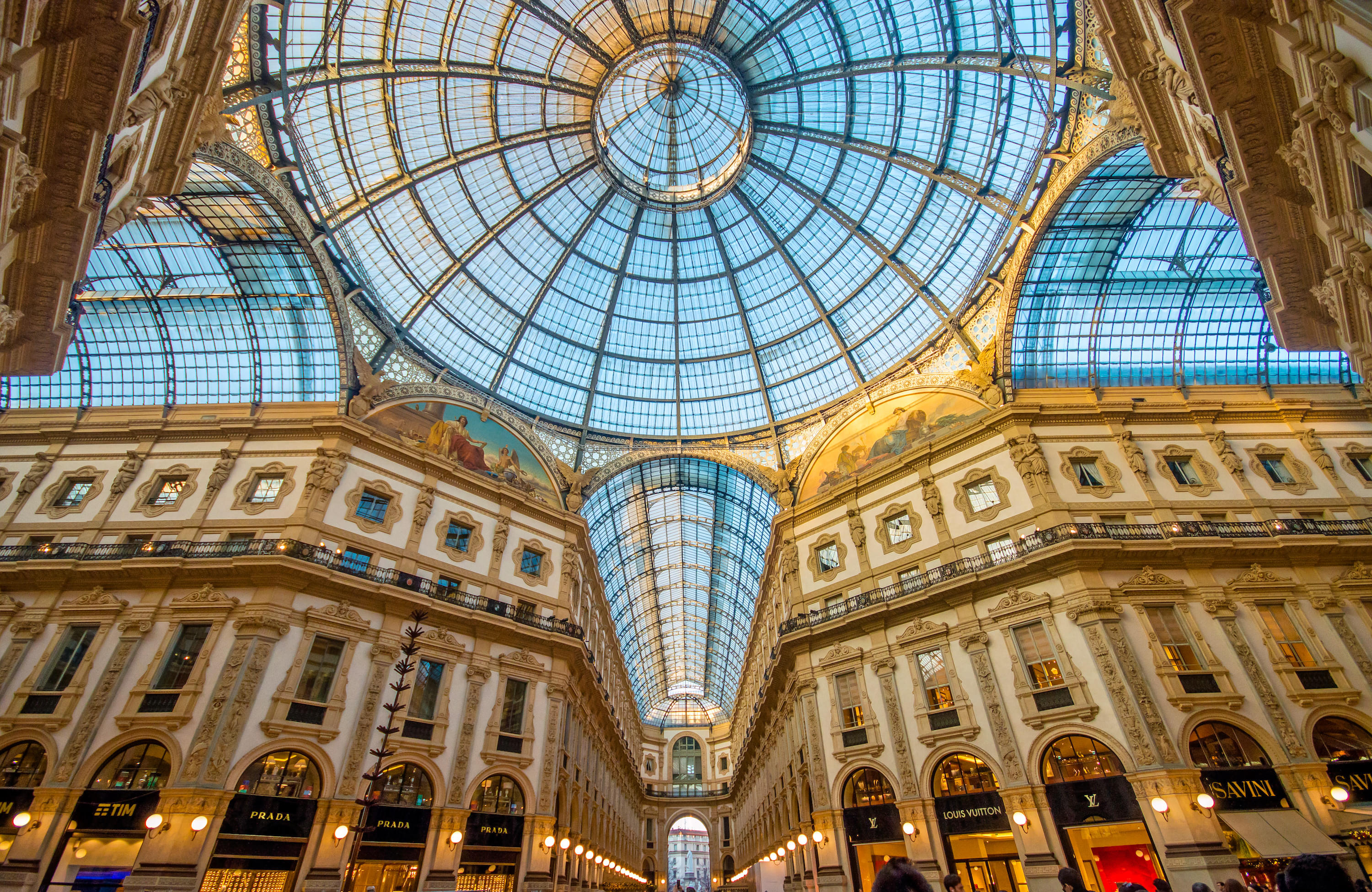
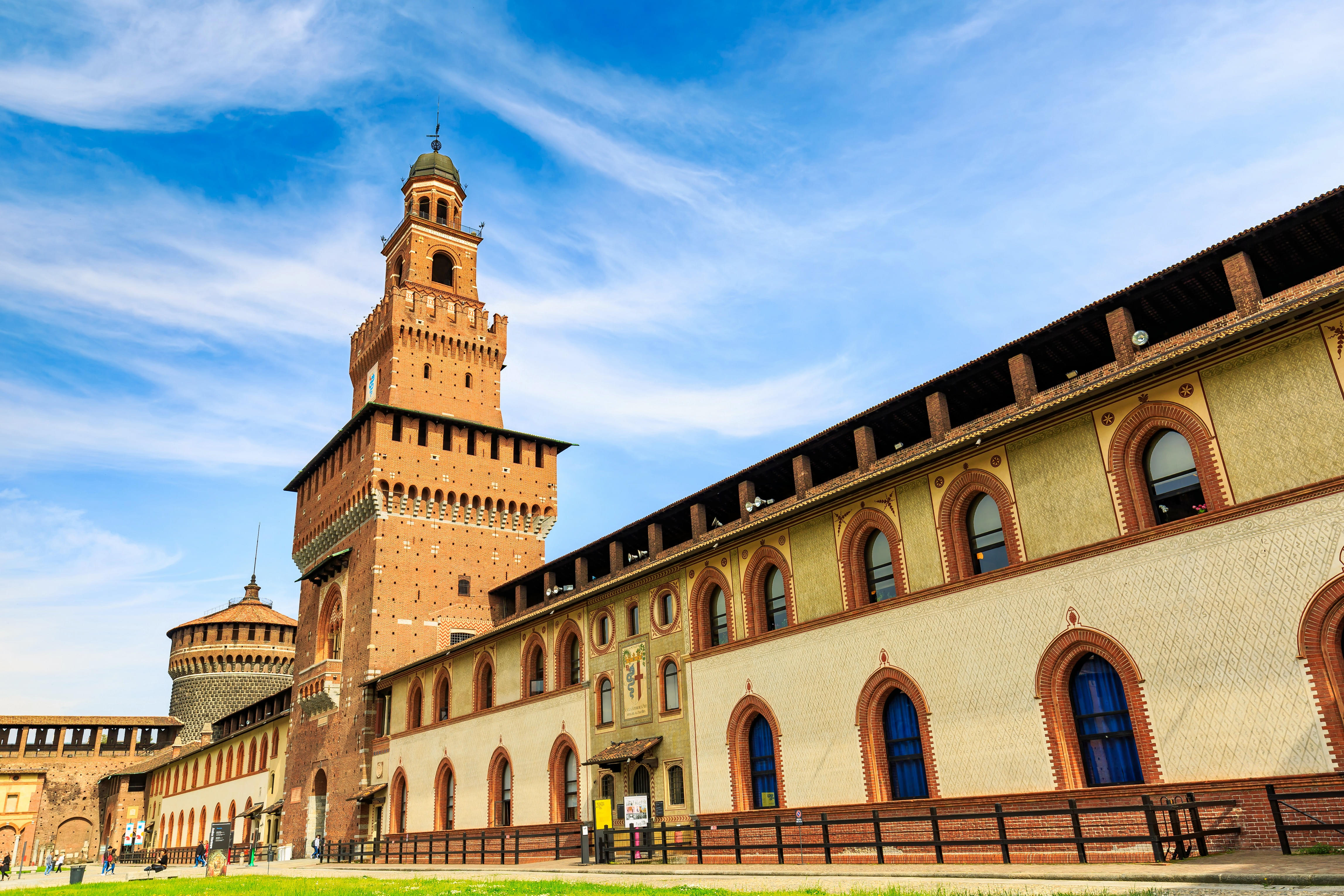

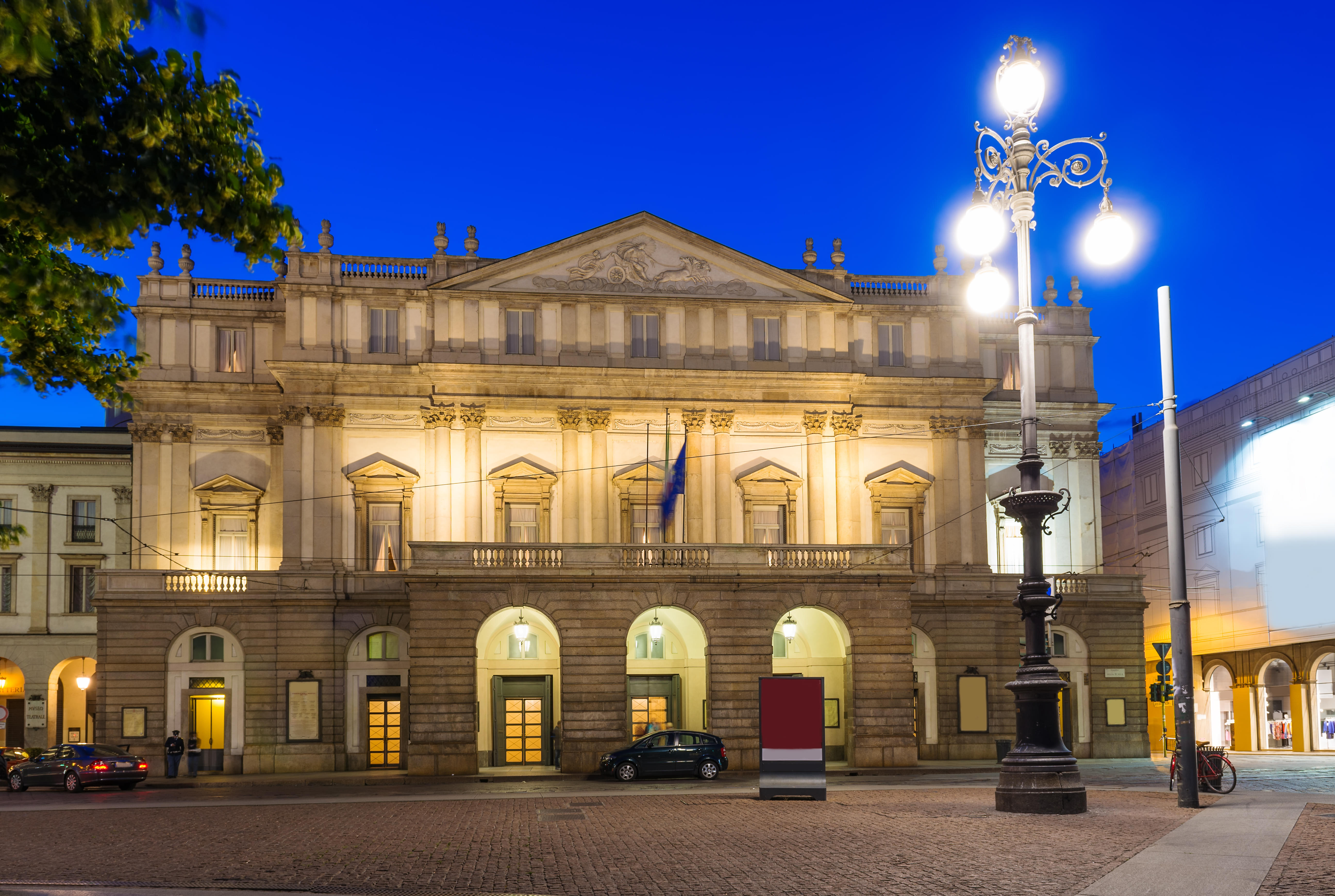
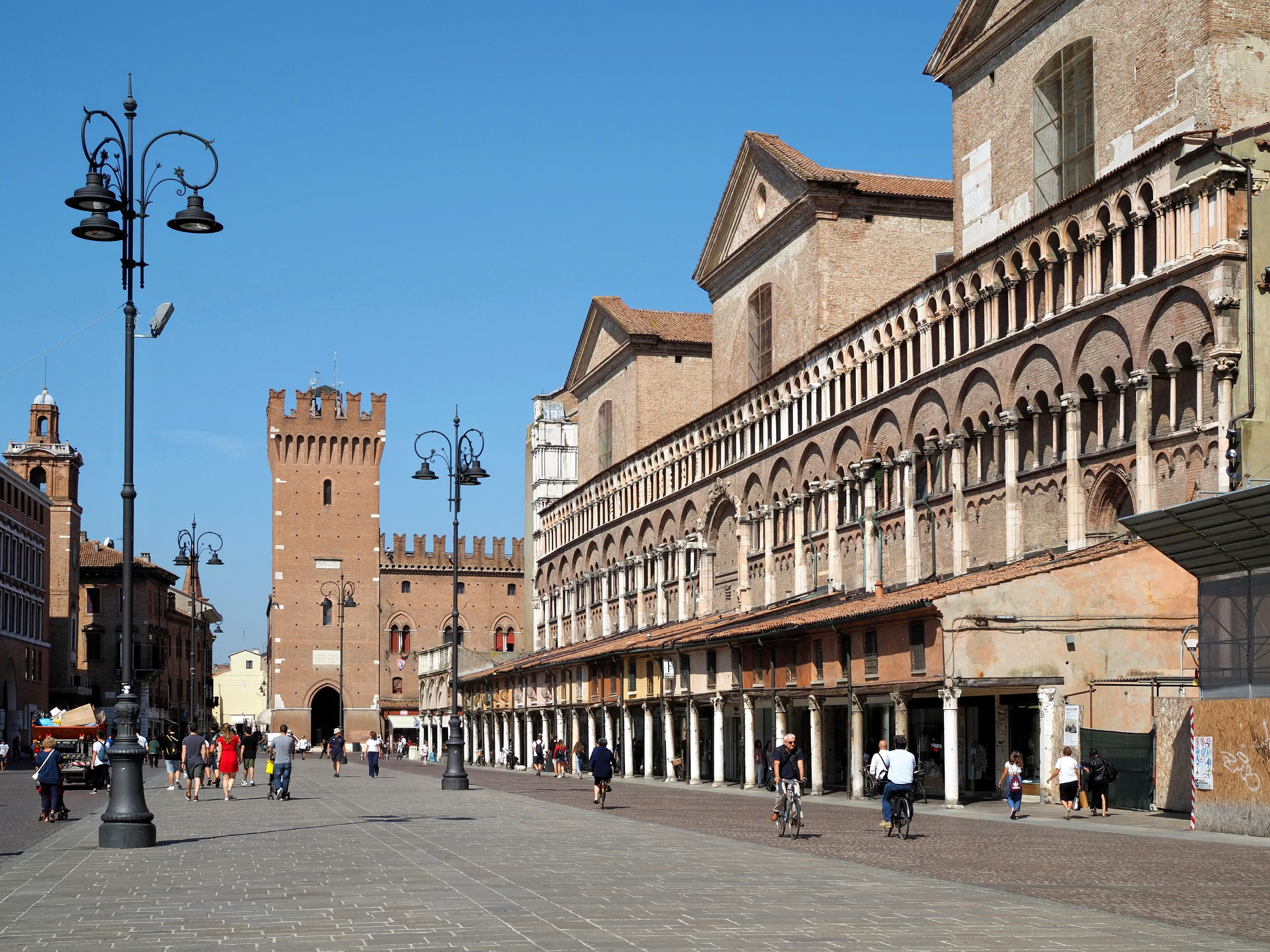

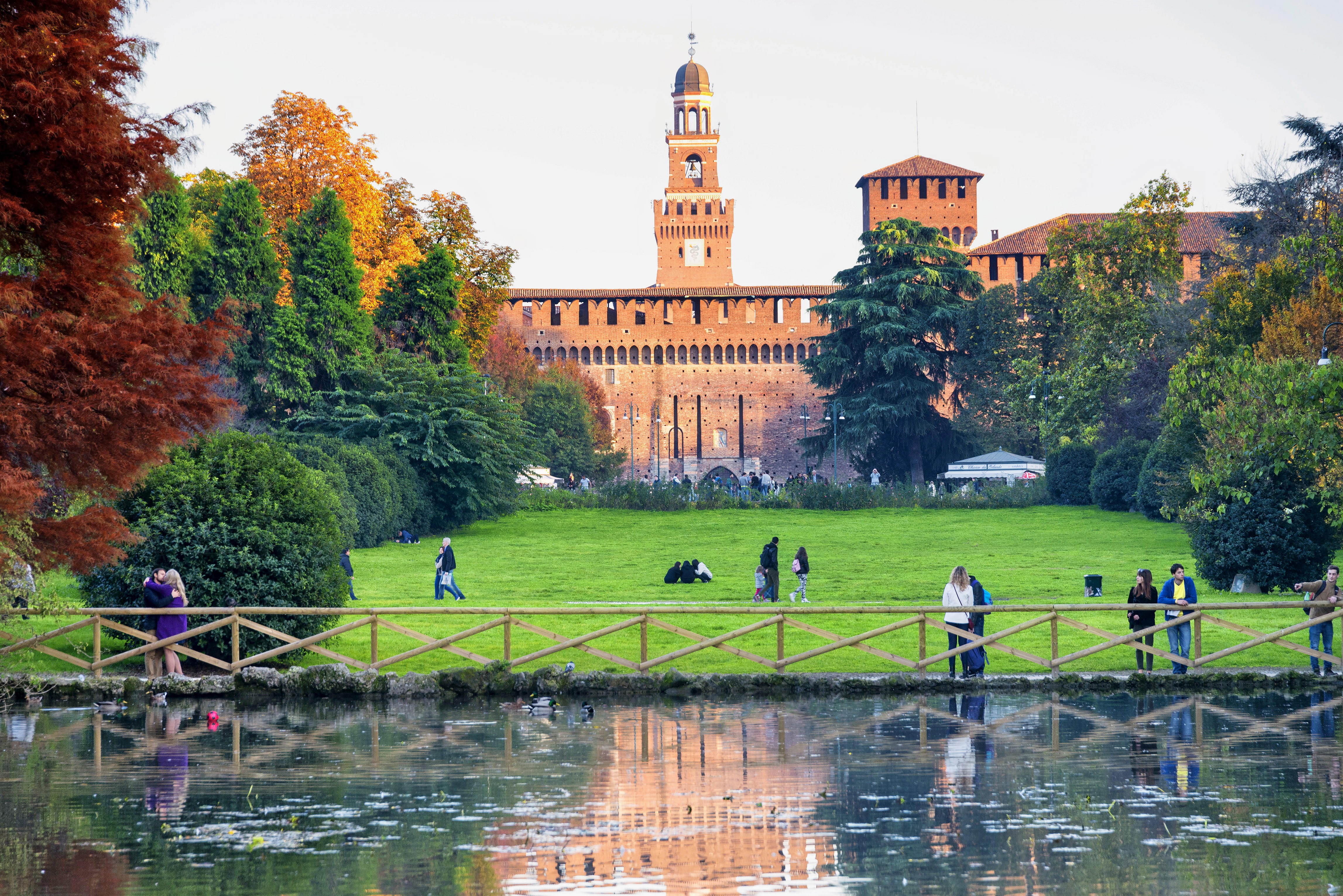
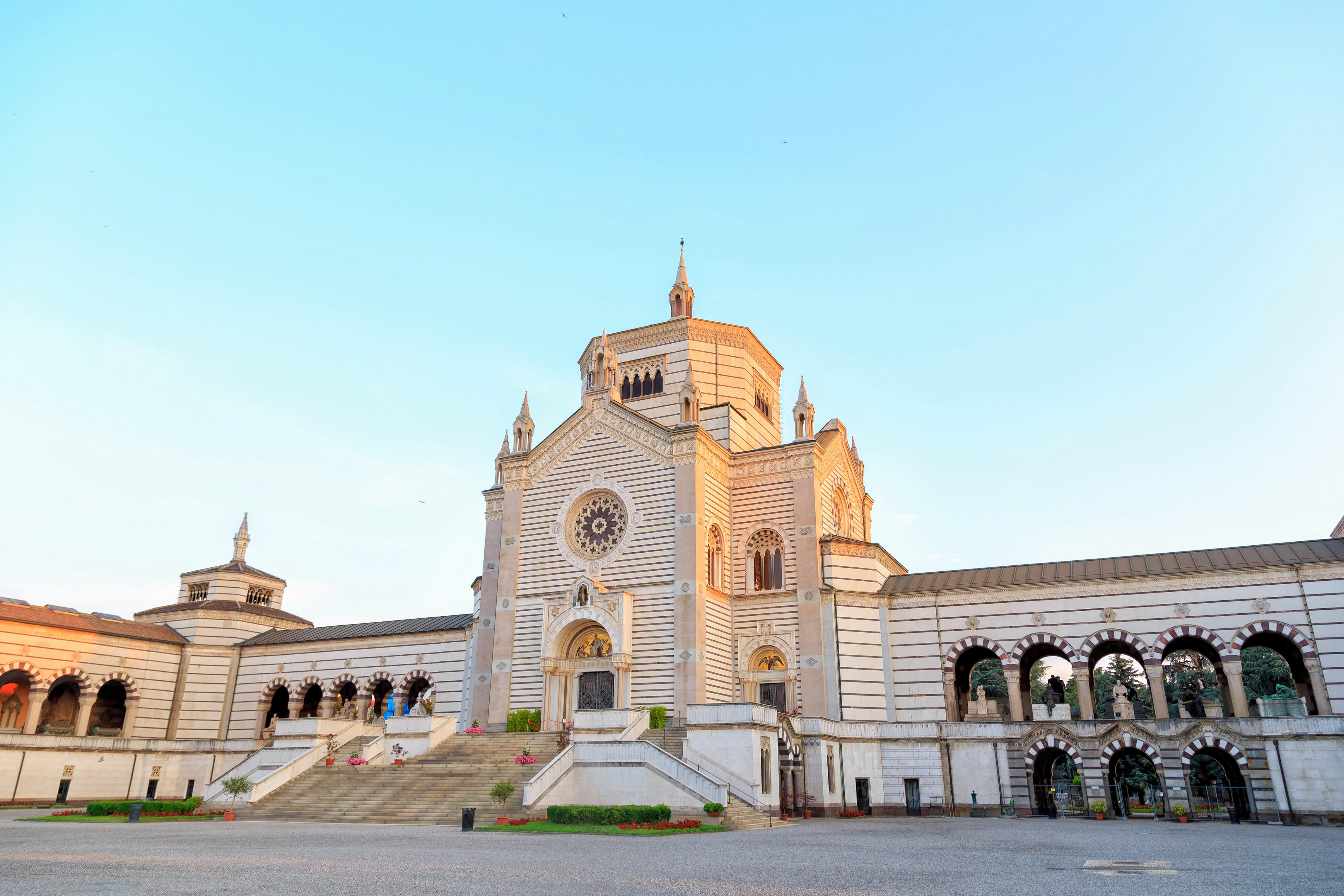
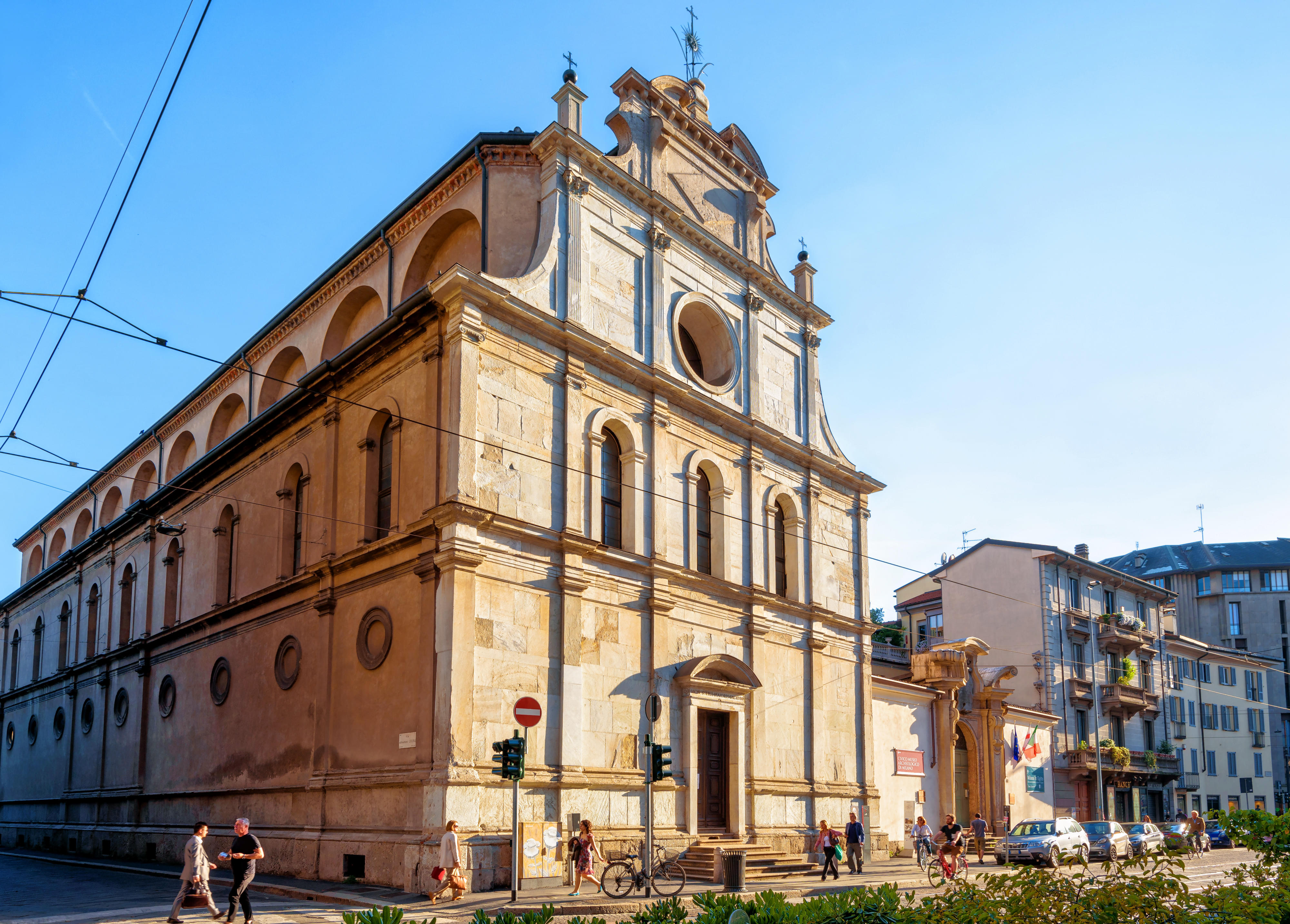
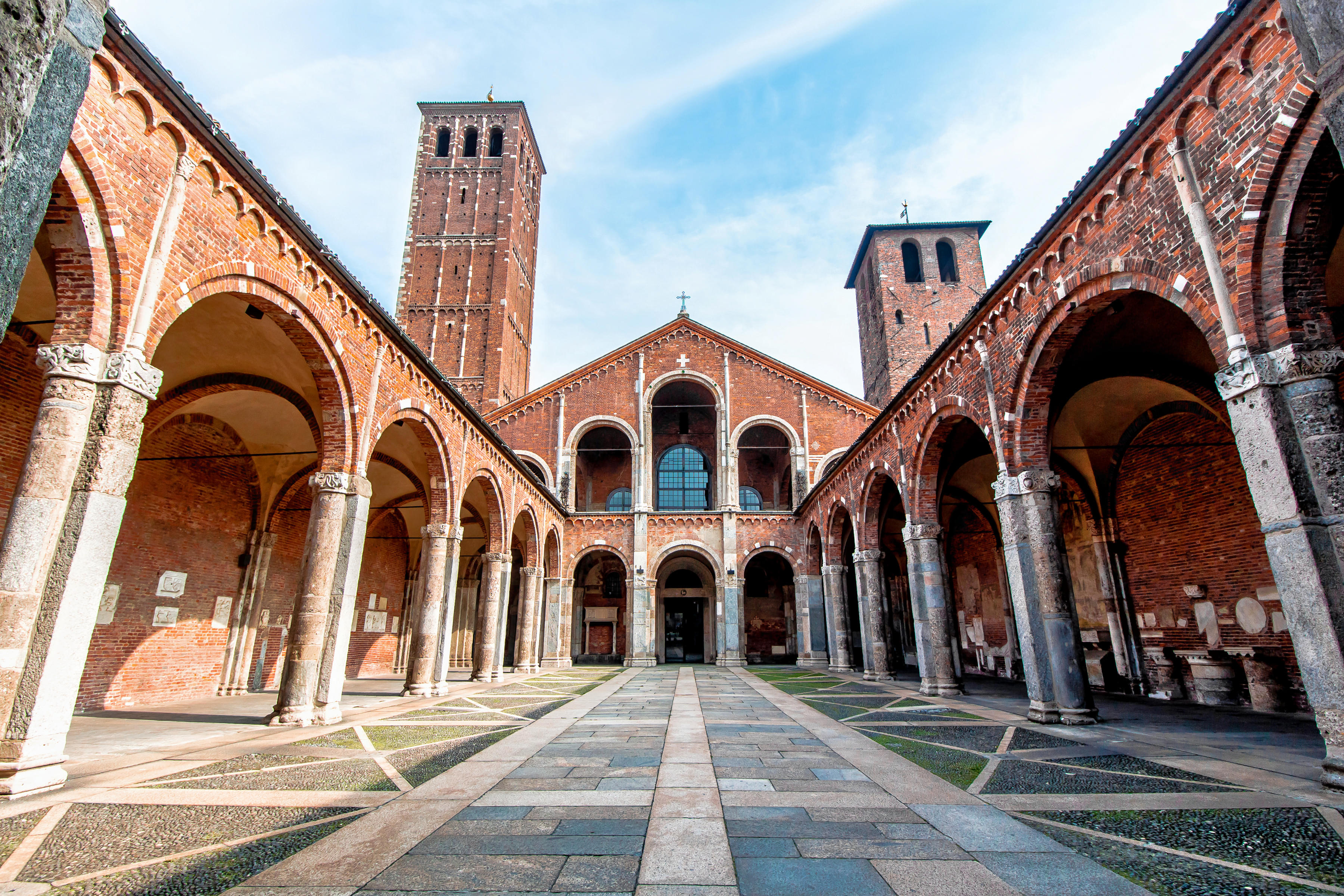


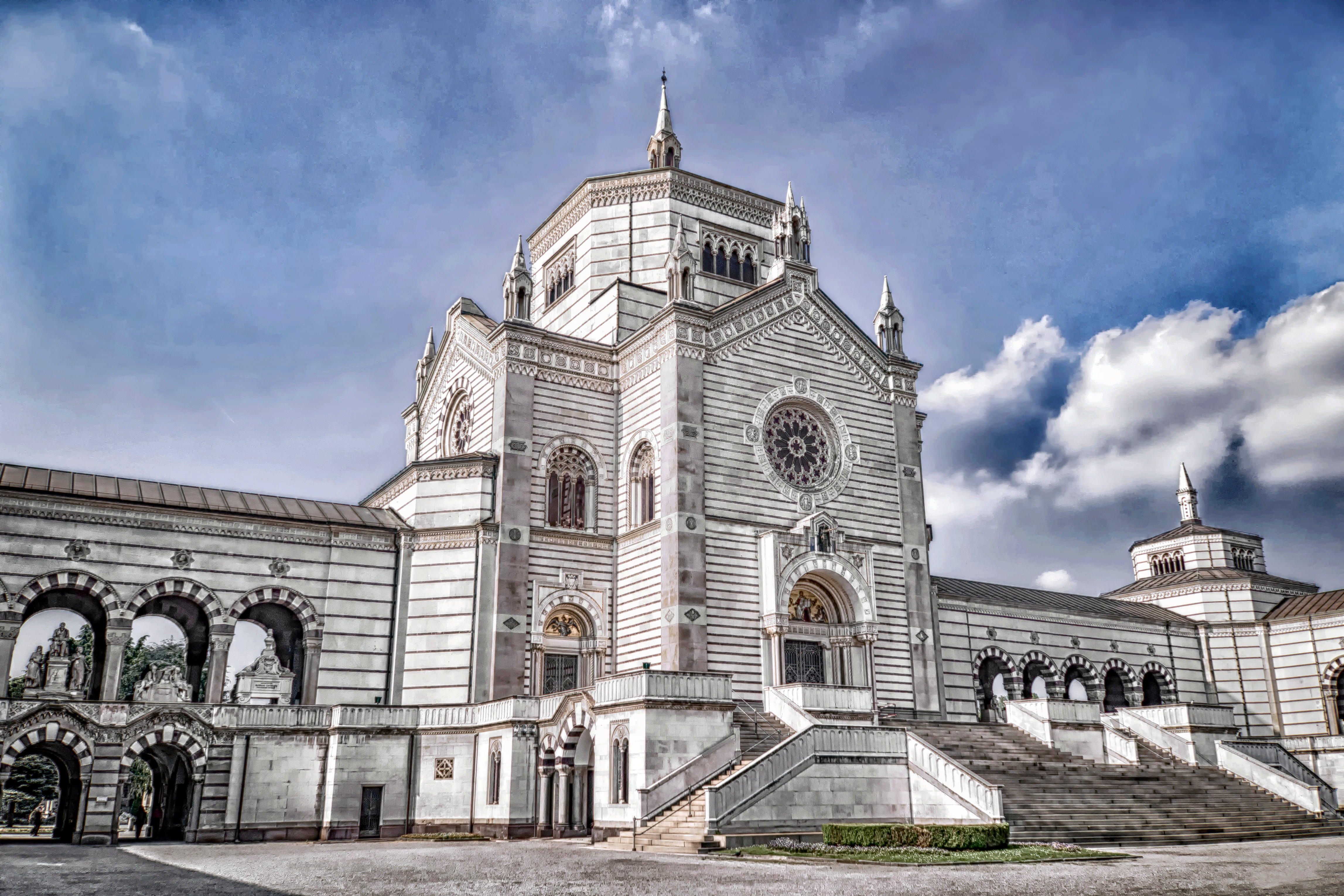
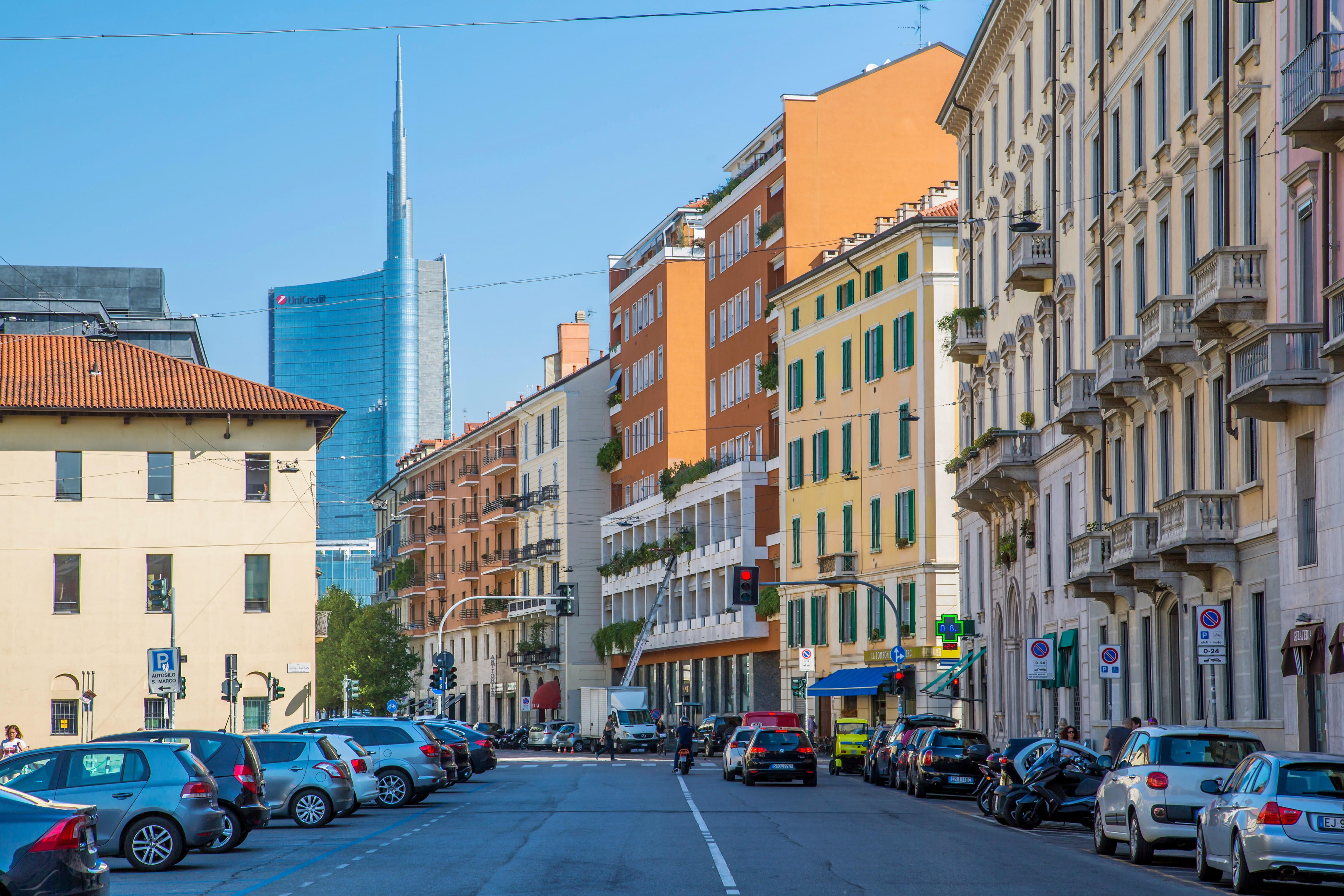

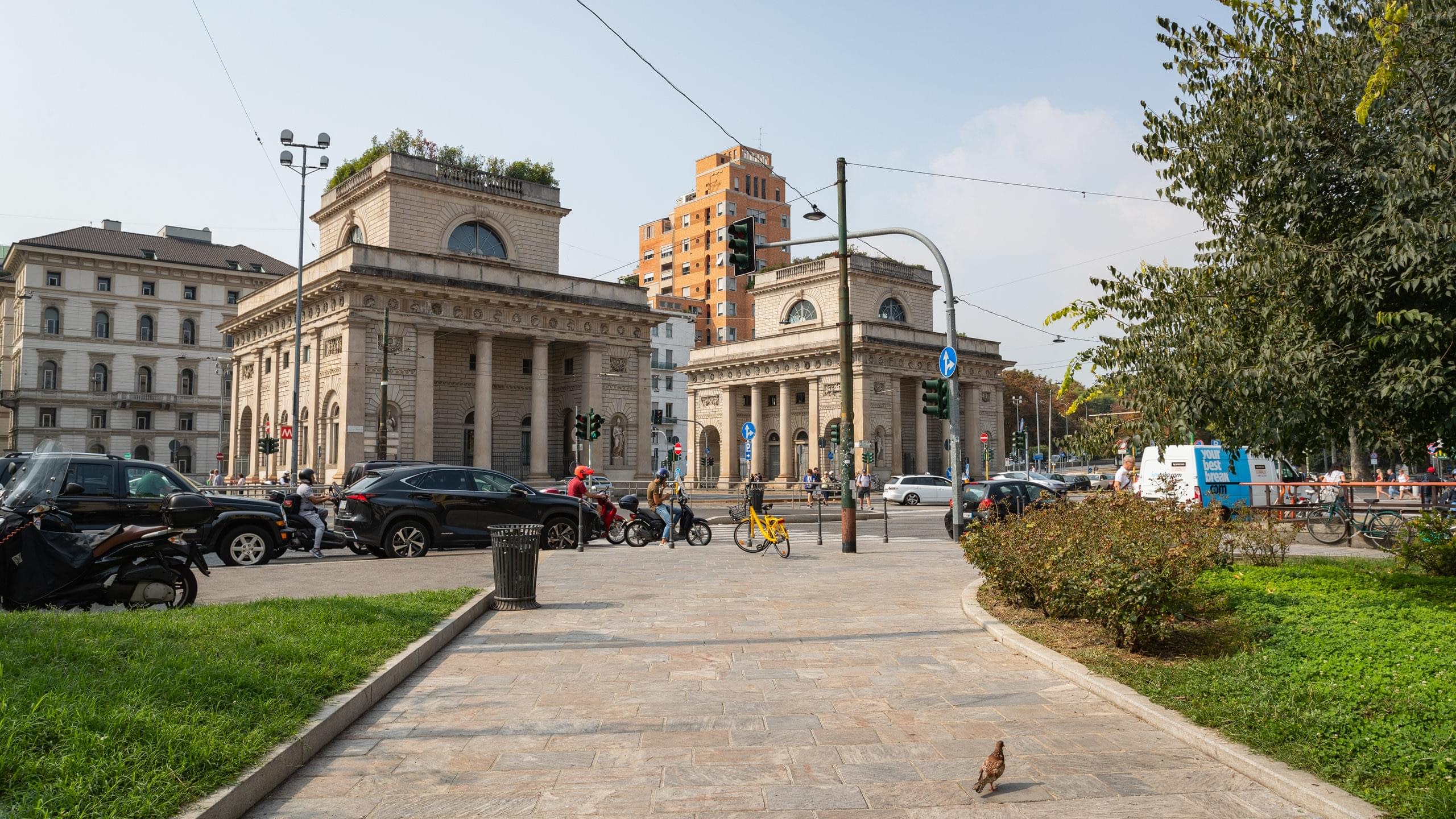
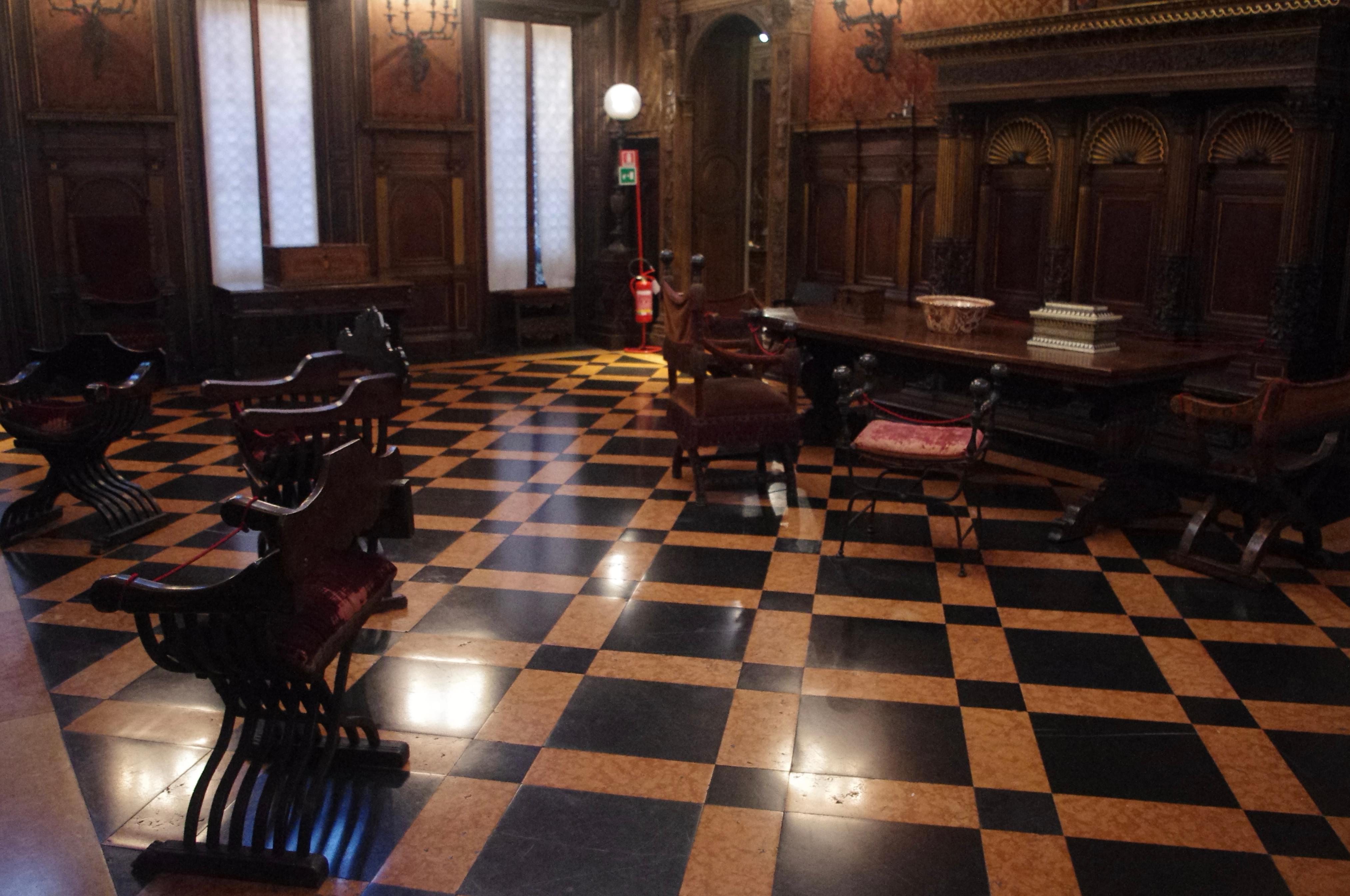

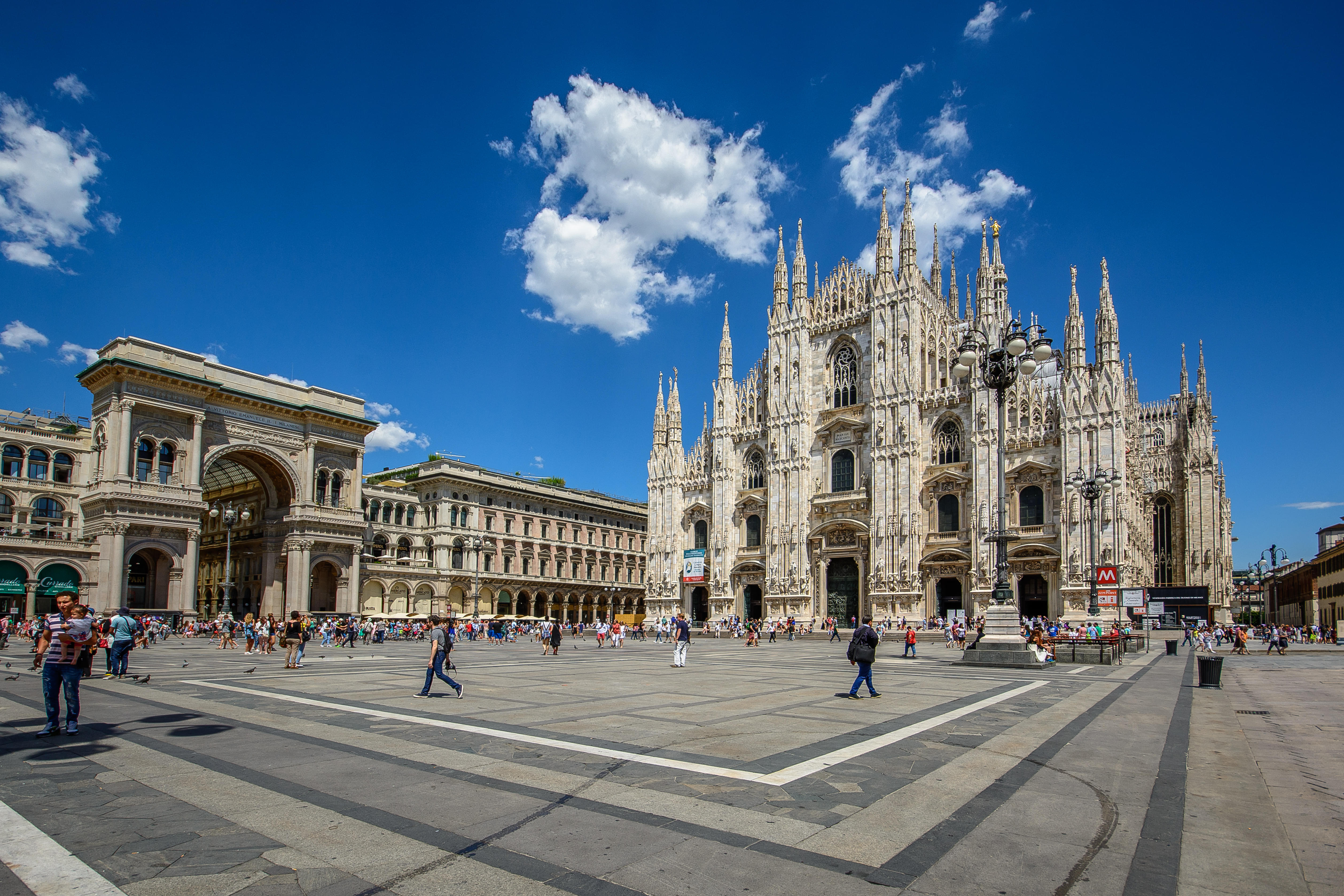
























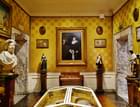











.jpg?w=340&dpr=2)
.jpg?w=340&dpr=2)
.jpg?w=340&dpr=2)
.jpg?w=140)



